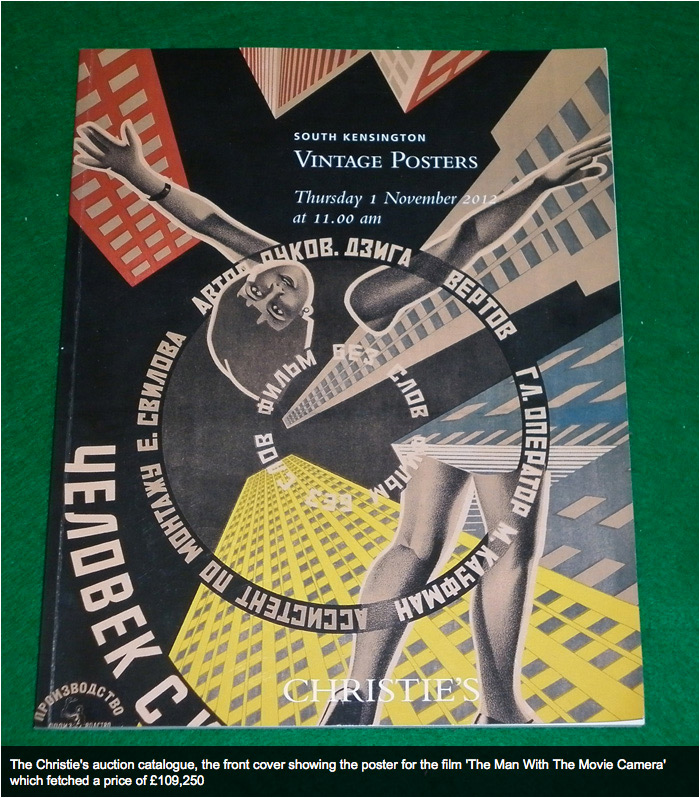The market for Cinema poster collecting was initially slow to develop but has acceleated rapidly since the mid-1980's. Originally, Cinema posters had no value after use. Cinema posters could not be re-used, so the vast majority in the 1950's, 60's & 70's were simply taken down & binned or burned. Sometimes enterprising children might ask for posters & occasionally, these would be handed over free of charge. The potential for building a collection was there but more often than not, a poster would last a week or two on a bedroom wall before it was discarded. By it's very nature, paper is fragile & does not respond well to the vagaries of the weather or rough handling generally. In 1948 there were over 4,700 Cinemas in the UK. Although this number steadily dwindled (by 1970 there were only 1,500 Cinemas in the UK) a major film could have a poster print run of 10,000-20,000. Nonetheless, within weeks of a film having played around the UK, surviving numbers of posters would probably number just several hundred.
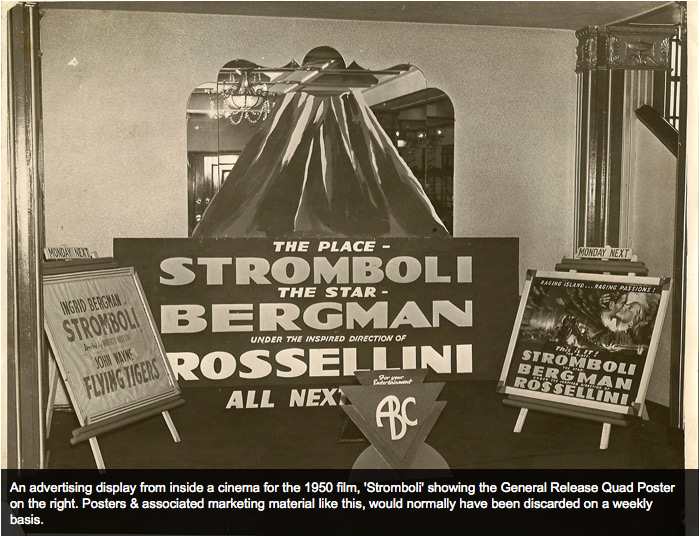
In the 1970's, a few Film Fairs & part-time dealers emerged. Adverts offering posters for sale were placed in the back of magazines like "Films & Filming" & in 1974, the first Cinema poster gallery opened in London's King's Road. This was still very much a niche market, however, & most film titles could be acquired for an outlay of several pounds only. Although there was a hard core of knowledgeable poster enthusiasts, it was not until the major auction houses became involved that the market really took off. Both Sotheby's & Christie's in London, entered the fray in the 1980's & began incorporating Cinema posters in their "Entertainment" & "Popular Culture" auctions. Bonhams followed suit. In 1990 the first wholly dedicated Cinema poster auction was hosted by Christie's in New York & by the mid-1990's these were regular events in both New York & London.
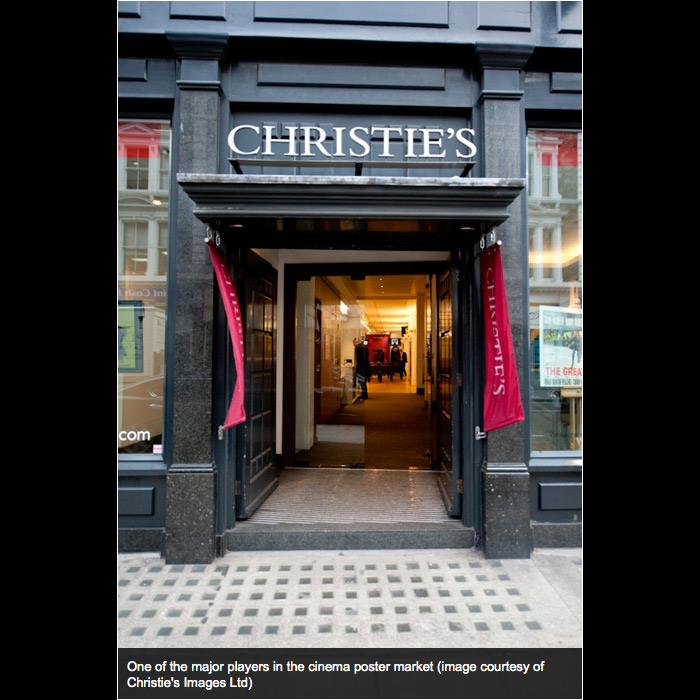
The advent of the Internet in the 1990's also helped to kick-start & popularise the Cinema poster market. The Internet not only made people aware of major league auctions at the likes of Christie's & Bonham's but with onset of Ebay, a wider audience found an efficient medium for buying & selling posters. Poster forums have also flourished alowing information to be further disseminated. On the back of this upsurge in interest, several poster galleries opened in London in the 1990's & Memorabilia Fairs regularly sported different dealers exhibiting their latest stock of film posters.
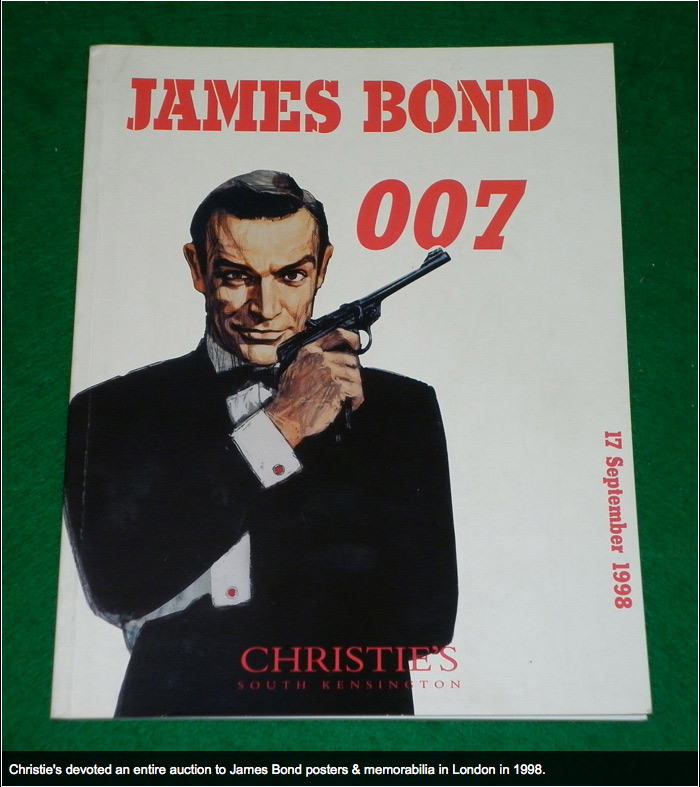
Of course, given the finite number of Cinema posters surviving, this sudden increase in demand meant only one thing....poster prices increased. There are certain film poster titles that are pricey because the films have proven to have popular longevity. Others fetch enormous prices because of their iconic status or historical value. Of particular note are the German "Metropolis" poster (1927) which sold for $690,000 in 2005, a US poster for "The Mummy" (1932) which garnered $435,000 in 1997 & US 1-Sheet "The Bride of Frankenstein" (1935) which fetched $334,000 in 2007. More "recent" film posters are available at more moderate price levels & Christies top selling UK Quads to date include "Lawrence of Arabia" (1962) selling for £13,200 in 2005, the James Bond "Dr No" (1962) which realised £11,250 in 2008 & a "Dracula" (1958) which made £11,250 in 2008. Of course, many good Quad posters are available at lower prices & the ability to buy posters costing just £10-20, or several hundred pounds to a few thousand, means that there is an entry level into the market for those with a wide range of budgets.
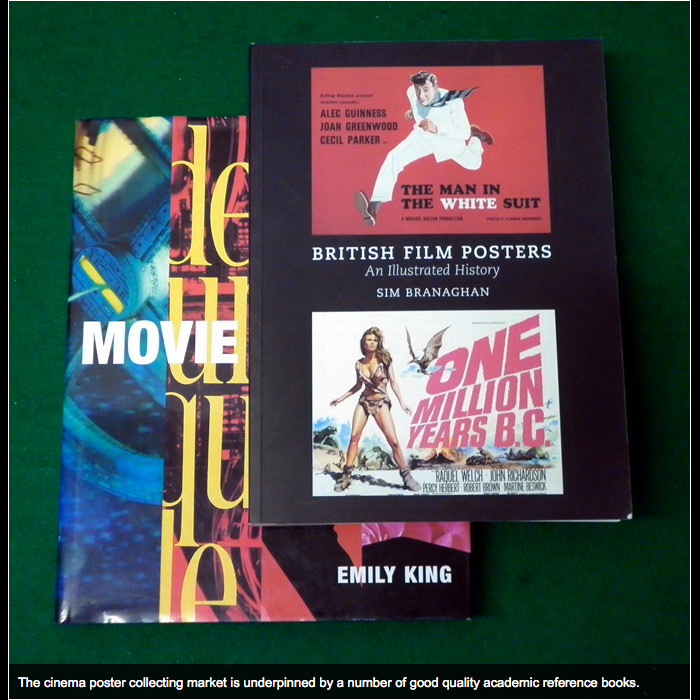
The market is now in a phase of steady growth. In the 1990's a series of lovely "coffee table" poster books began to emerge from London's Reel Poster Gallery. In 2003 Emily King published her book "Movie Poster" & in 2006 this was followed by the superb "British Film Posters" book by Sim Branaghan, published by the British Film Institute. Sim Branaghan's book is widely regarded as the market "bible" & provides an accelerated trip up the "learning curve" with a plethora of information about the poster artists, distributors & printers. Various informative articles about Cinema posters & Cinema poster collecting can now also be found on the Internet too. A more sophisticated & well educated community has therefore developed.
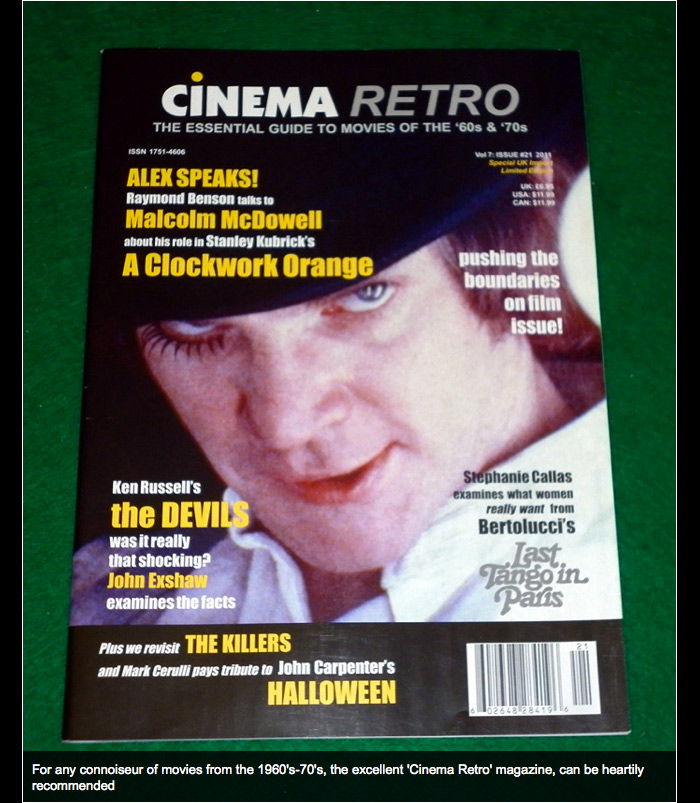
As the market has matured, so attention has also turned towards the poster artists themselves. Unfortunately, most poster artwork (like many of the posters themselves) was lost or destroyed at the time. Some unfortunately was also "stolen" so it is important when acquiring artwork to check the Provenance & assure oneself that the seller has the right to sell said artwork. Given that each Poster would probably have been designed from several "roughs" with a single finished version, this artwork is incredibly rare. We seem to be at a crossroads in the appreciation of commercial art. Obviously, if the art in question is for an iconic film, then the value is potentially greater than artwork by the same artist for a lesser known film. However, as more collectors begin to follow a specific artist, so one can imagine a time when it is the artistic appeal of a particular piece rather than the film title itself, that will set the market value. Noteworthy prices achieved for original poster artwork include the $200,000 paid in 2011 in the USA for Howard Terpning's finished artwork for "Cleopatra" (1963) & the £79,250 paid for the Robert McGinnis concept artwork for the James Bond film "Diamonds Are Forever" (1971) in 2011. Artwork by leading British poster artists are also commanding good prices when they emerge onto the market, £9,000 being paid for Tom Chantrell's "Bullitt" (1968) in 2006 & £12,500 being achieved in 2011 by the Vic Fair concept artwork for the James Bond film "A View To A Kill" (1985).
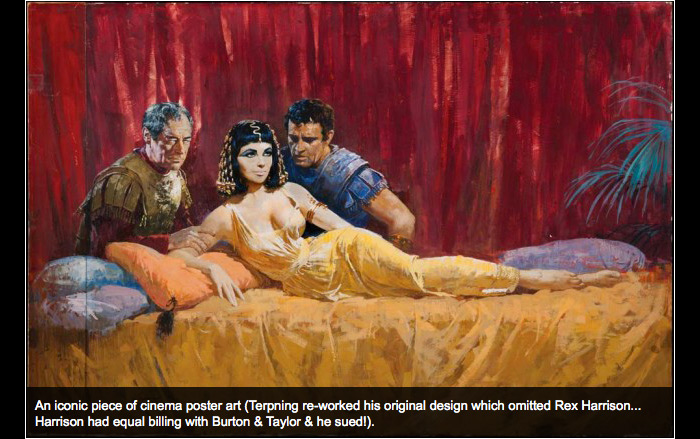
We will continue to keep you abreast with key market developments with subsequent postings here. Of course nothing in life is guaranteed & it would be pure speculation that poster prices will continue rising as they have done. However, the portents do look good. Cinema poster prices have basically doubled in the first decade of the 21st century. If one looks across at the more mature market for vintage Travel posters, prices for top range collectable posters there range from £10,000-£20,000. Given that the vast bulk of top class vintage Cinema Posters reside under this range, it is tempting to consider the market potential. In an interesting move Christie's recently amalgamated their Cinema poster auction with their Travel poster auction (November 2012). Some astounding prices were recorded including £5,000 for a Chantrell "Star Wars" Quad & £9,375 for a "From Russia With Love" Quad. We will continue to monitor market developments & will post updates here in due course.
Michael Bloomfield
January 2013
